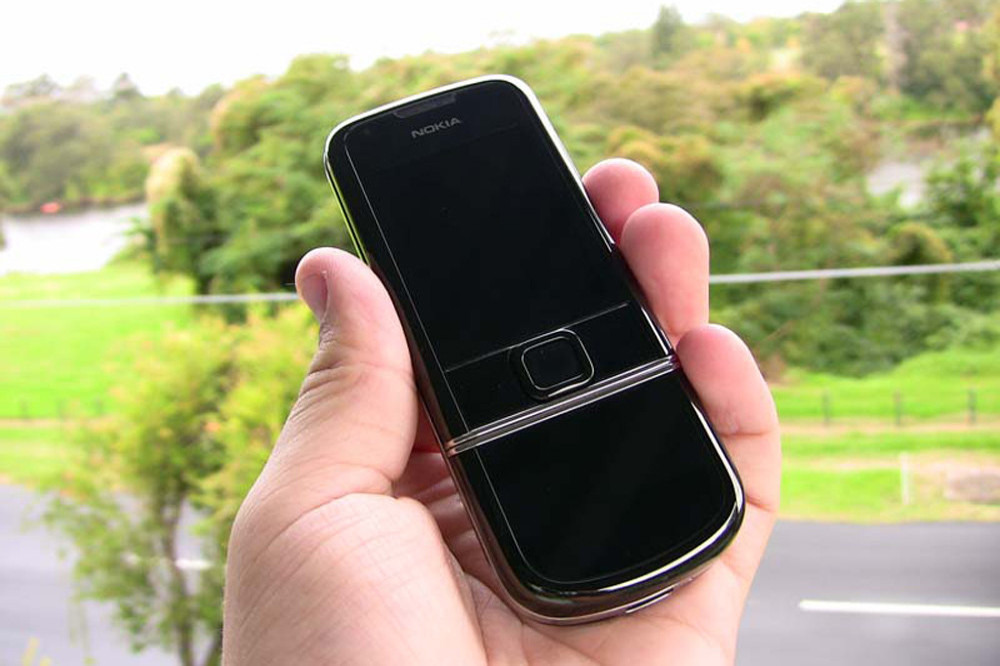According to a recently released report from the GSMA, which is an international mobile communications organisation, women are 20% less likely to use mobile internet than men.

Mobile usage
The annual report, which is prepared by the GSMA, surveys 16,000 respondents each year from fifteen low- and middle-income countries to get a sense of how societal gender dynamics are reflected in mobile usage. The countries surveyed in the most recent GSMA report capture data from countries representing a total population of 2.9 billion individuals, who regularly use their mobile devices to access the internet.
The key findings of the report make for some incredibly interesting reading and give us a sense of how access to mobile internet and mobile devices, more generally, is shaped by the barriers and obstacles many women across the world experience in their daily lives.
Perhaps most interestingly, the report found that 54% of the women surveyed in low- to middle-income countries now use mobile internet. Although this is still far below the rates of access for men, the gender gap is slowly narrowing. In the countries that data was collected from, this gender gap could equate to as many as 300 million fewer women than men with access to the internet on a mobile device.
As this relates to device ownership, women in the countries surveyed are 8% less likely to own a mobile device than men, with handset affordability remaining as one of the primary barriers to mobile phone ownership. Ownership rates are even lower for so-called smartphones – as you might expect – with women in the countries surveyed being 20% less likely to own a smartphone.
With that said, when compared to the same report released last year, the figures are getting better. Perhaps most encouragingly, although ownership rates of smartphones are not necessarily changing at a dramatic rate, access to mobile internet is steadily increasing. With the prices of mobile devices coming down each year, this is very reassuring.
Interestingly, however, the report that focused on a specific selection of low- to middle-income countries identified a worrying digital literacy divide within the demographic of participants surveyed. It noted that in these regions, the women surveyed tended to have limited technical literacy and confidence, finding handsets and services that are poorly designed or use an unfamiliar language rather challenging.
This finding, however, contrasts with similar surveys that had been conducted in higher-income countries, where it has consistently been found that females tend to be more smartphone savvy than males. A 2019 report conducted by the UK data and insight company UKOM found that women are more likely to use online services via mobile devices than men. This same report also found that women spend 39% more time engaging with social media than their male counterparts.
Another area of mobile phone usage that displays a similarly gendered divide relates to certain kinds of recreational uses for mobile devices. For example, while women were more likely to use social media to connect with friends, in contrast, males tended to use online games recreationally at a much higher rate than women. An online casino like Rizk, for example, attracts a much higher percentage of male users than female. This statistic seems to be shared by other online casinos and the online casino more generally – some industry surveys have even reported that the gender divide in the online casino world might be as high as 82% male players to 18% female. Although this data might be difficult to accurately gather across the industry, which itself will be reflective of broader regional trends, it nevertheless indicates some interesting trends when it comes to mobile phone usage between the genders.
While the trends identified above are certainly encouraging from the perspective of both access to and the use of technology between the genders, we should nevertheless be cautious in expressing too much optimism. Perhaps most pressingly, despite the increase in usage of mobile devices by women, there is still a much broader issue of underrepresentation within the technology industry. According to one report, women represent only 16% of the global technology workforce. Similarly, it has also been found that women are leaving the industry at a faster rate than they can be replaced, which suggests that the focus on inclusion and diversity that emerged in the last number of years has not worked quite as well as anticipated. Both of these are alarming trends, considering the usage statistics set out above.
Tagged in Mobile

